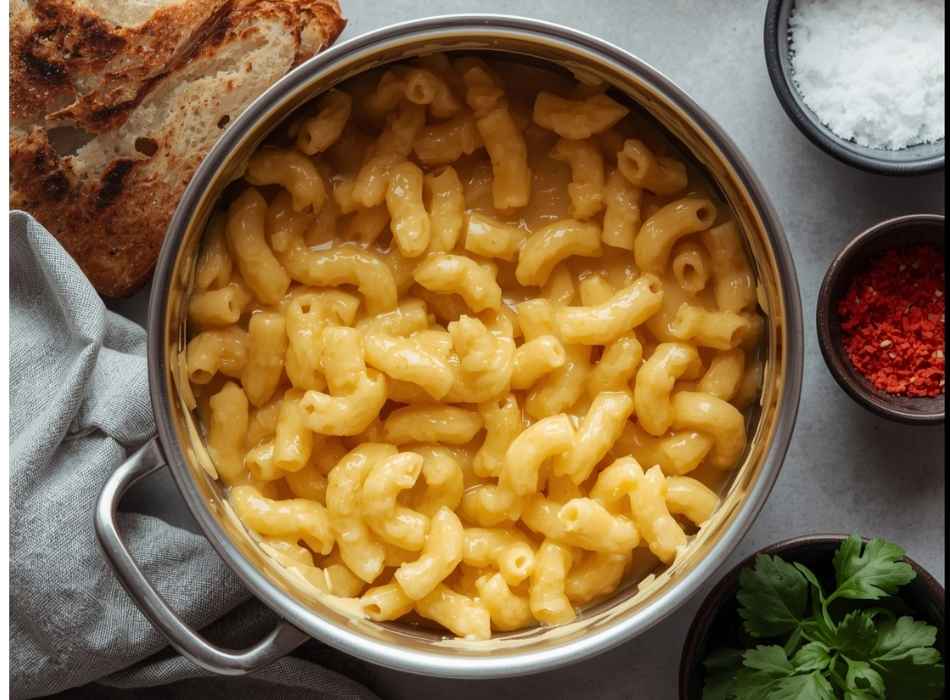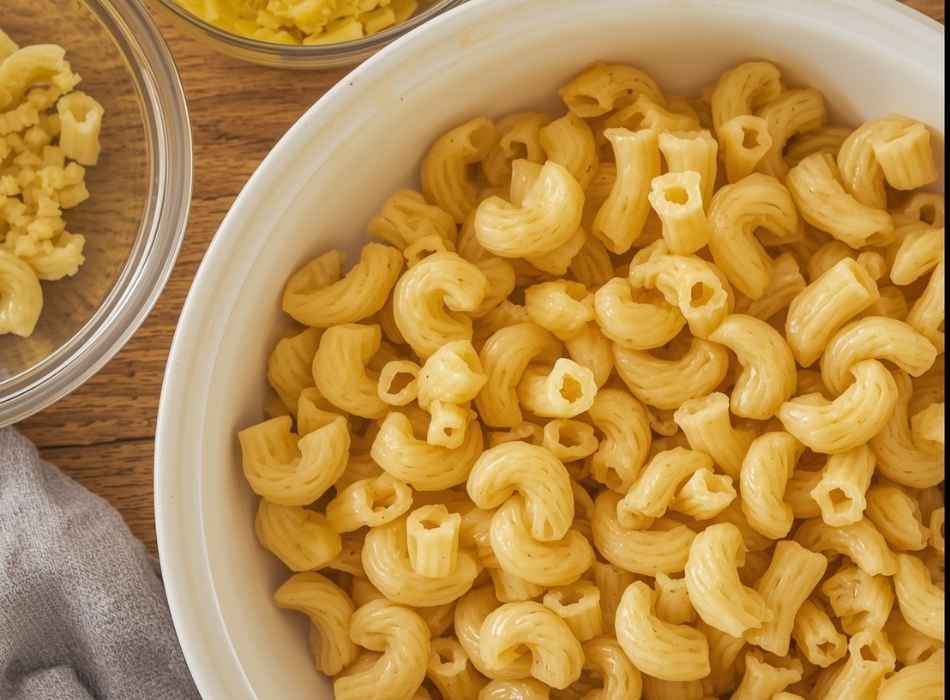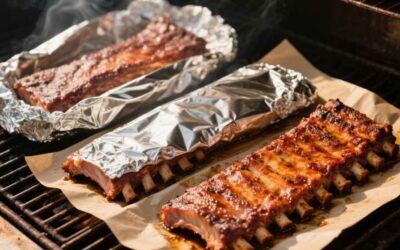The intersection of French culinary technique and American comfort food sensibilities has produced numerous gastronomic innovations, yet few exemplify this synthesis as elegantly as Franco-American mac and cheese. This dish transcends the conventional boundaries of processed convenience foods, elevating the humble macaroni through sophisticated flavor layering and textural complexity that merits serious culinary consideration.
Understanding Franco-American mac and cheese requires examining its historical context within mid-20th-century American food culture. The Campbell Soup Company’s Franco-American brand, established in 1886, represented an early attempt to introduce French-inspired culinary elements to mainstream American consumers. Their canned mac and cheese, while criticized by purists, demonstrated remarkable ingenuity in preserving creamy texture and umami depth through industrial food science applications.
Deconstructing the Original Formula

The commercial Franco-American mac and cheese achieved its distinctive character through carefully balanced sodium content, emulsification techniques, and starch modification processes. The sauce base employed a complex interplay of cheese proteins, modified food starch, and carefully calibrated acidity levels to maintain stability during thermal processing and subsequent reheating.
Modern interpretations of this classic can benefit from understanding these underlying principles while utilizing superior ingredients and techniques. The key lies in replicating the smooth, cohesive sauce texture that made the original so appealing while incorporating genuine cheese complexity.
Essential Components and Technique

Pasta Selection and Preparation
Medium-shell pasta or elbow macaroni provides optimal sauce retention through its curved surfaces. Cook pasta to precisely al dente—approximately 1-2 minutes less than package directions—since it will continue cooking when combined with the hot cheese sauce. Reserve pasta cooking water; its starch content proves invaluable for adjusting sauce consistency.
Constructing the Cheese Matrix
Begin with a classic roux foundation: equal parts butter and flour, cooked until the raw flour taste dissipates but before significant browning occurs. Gradually incorporate whole milk, whisking continuously to prevent lumping. This béchamel base provides the structural foundation for cheese integration.
The cheese selection requires careful consideration. Sharp cheddar supplies primary flavor intensity, while American cheese contributes the characteristic smooth melting properties essential to the Franco-American profile. A small quantity of cream cheese enhances richness without overwhelming the fundamental character.
Advanced Flavor Development
Incorporate a modest amount of Dijon mustard and white pepper to enhance the cheese flavors without introducing obvious foreign elements. A pinch of paprika provides subtle color enhancement while contributing mild smoky notes. Worcestershire sauce, used judiciously, adds umami depth reminiscent of the complex flavor compounds developed during commercial processing.
Preparation Protocol

Heat oven to 350°F. Cook one pound of pasta according to the specifications above. While pasta cooks, prepare the sauce by melting four tablespoons of butter in a heavy-bottomed saucepan. Whisk in four tablespoons of flour, cooking for approximately two minutes. Gradually add three cups of whole milk, whisking constantly until smooth and thickened.
Remove from heat and incorporate cheeses: two cups sharp cheddar, one cup American cheese (torn into pieces), and two ounces cream cheese. Add one teaspoon Dijon mustard, half teaspoon white pepper, quarter teaspoon paprika, and a few dashes of Worcestershire sauce. Adjust seasoning with salt as needed.
Combine drained pasta with cheese sauce, adding reserved pasta water if necessary to achieve proper consistency. Transfer to a buttered baking dish. For enhanced textural contrast, top with additional grated cheddar and breadcrumb mixture before baking for 25-30 minutes until bubbly and lightly golden.
Elevating Tradition Through Understanding
This Franco-American mac and cheese recipe succeeds by honoring the essential characteristics that made the original culturally significant while applying superior ingredients and techniques. The result demonstrates how comfort food classics can be refined without losing their fundamental appeal.
The marriage of French sauce-making principles with American ingredient preferences creates a dish that satisfies both nostalgic expectations and sophisticated palates. Understanding the science behind emulsification, starch behavior, and cheese protein functionality enables consistent reproduction of the smooth, cohesive texture that defines excellence in this category.
Consider serving alongside simple green vegetables or a crisp salad to provide textural and flavor contrast. The richness of properly executed mac and cheese benefits from these lighter accompaniments while maintaining its position as the meal’s centerpiece.



















